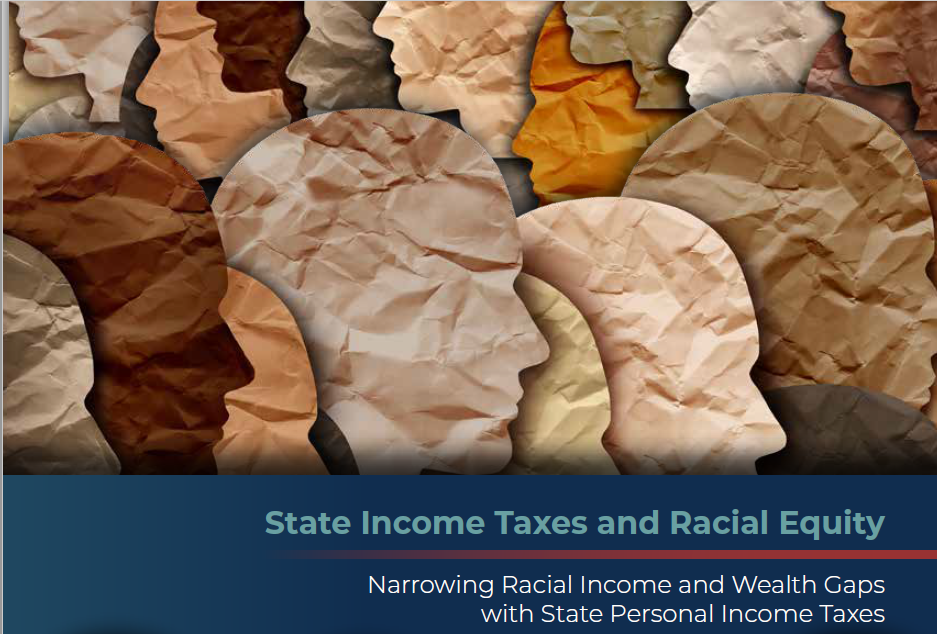This piece originally appeared on the blog of the Pension Research Council at the University of Pennsylvania’s Wharton School.
Among those nearing retirement, the typical white household in the U.S. held five times more non-Social Security retirement wealth ($176,900) than the typical Hispanic household ($35,000), and seven times more than the typical Black household ($24,300).
As we show in our recent study, this is, in part, due to longstanding discrimination shaping racial differences in economic wellbeing in the U.S. Moreover, aspects of federal and state tax policies have helped create the vast racial retirement wealth gap in place today. For this reason, we evaluate how tax and transfer policy reforms could help shrink racial retirement wealth inequality. To inform lawmakers as they approach the 2025 debates, below we offer several guiding principles.
Several methods of reforming tax and transfer policy could narrow the retiree racial wealth gap. Here we consider four of the most salient.
One would be to reorient retirement savings incentives toward moderate-income families. The tax exemption for qualifying contributions to or investment earnings from many retirement plans is key to both federal and state tax benefits, yet our analysis shows that they cost the federal government over $400 billion annually in foregone revenue.
Because higher-income households tend to defer more money in tax-preferred retirement savings accounts, this means that lower-income households, a disproportionate share of whom are people of color, benefit less from retirement tax law. Restructuring tax exemptions as refundable credits could be a promising way to help moderate-income families. For instance, expanding the Saver’s Tax Credit, which provides low- and moderate-income workers with credit for investing some of their earnings in designated retirement accounts, is one such approach.
Another would be to implement common taxation on retirement income streams across the states. Most states use the federal definition of adjusted gross income or taxable income as the starting point for their own tax systems, which means that inequities in federal retirement tax subsidies tend to be embedded in state tax codes, as well. Some states even take a step further, by carving out more favorable treatment for retirement income: for instance, some exempt Social Security income from state tax, and others offer tax subsidies that go beyond the federal subsidies for pension or IRA income. Since the elderly population is disproportionately white and is projected to remain so for some time, such tax policies mean that comparatively few of the benefits are distributed to retirees of color. Accordingly, restricting these disparities could reduce racial retirement wealth inequalities seen today.
A third would be to ensure appropriate taxation of real estate wealth in retirement. Most states use property taxes to support local services, including schools. Nevertheless, many elderly homeowners, especially those of color, lack sufficient income to cover their property tax bills. A potential reform could be for state governments to offer property tax circuit breakers, which credit back a share of property taxes that exceed an income threshold. Since many elderly people of color are renters rather than owners, the circuit breaker program could be targeted to both homeowners and renters to ensure wider coverage.
And finally, additional revenue thus raised could be used to boost revenue to rescue the Social Security system. Social Security is a financial lifeline for many elderly, particularly those of color, and it arguably is the most powerful tool for reducing the racial retirement wealth gap. Social Security benefits represent 53% of retirement wealth for the middle quintile of white families nearing retirement, versus 81% for Hispanic families and 86% for Black families. Rather than hastening the insolvency date of Social Security, finding ways to extend its survival could make a big difference.
Americans of color face inequalities throughout their lifetimes, and the problem continues into retirement. Benefiting from poorly targeted retirement tax policies, older white households have gained relatively more than their Black and Hispanic counterparts. Policymakers at both federal and state levels have an opportunity during the 2025 tax debates to work to implement real reforms to help shrink this gap.






